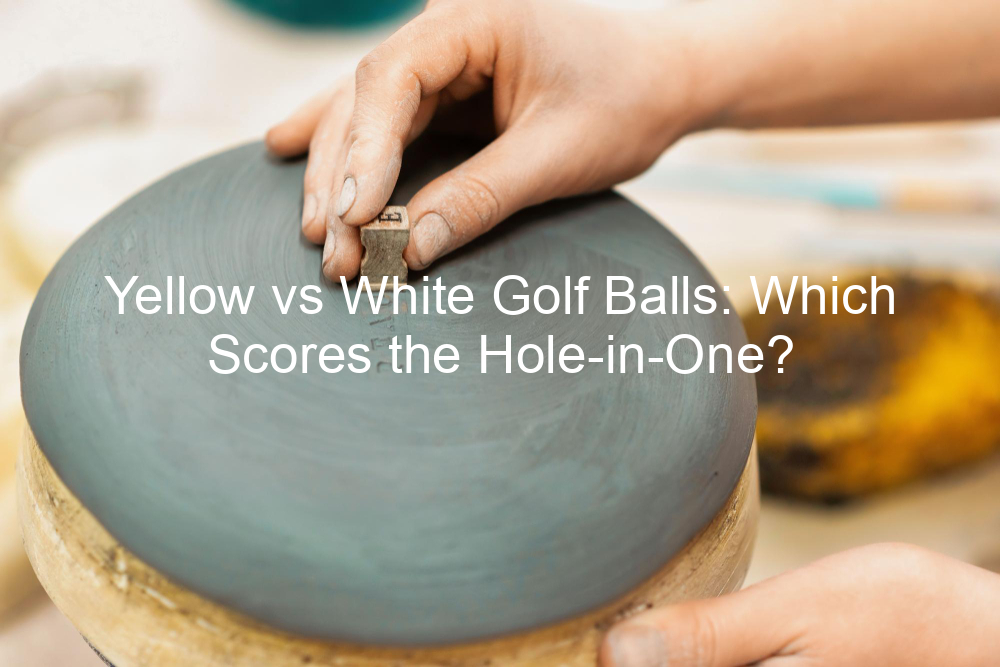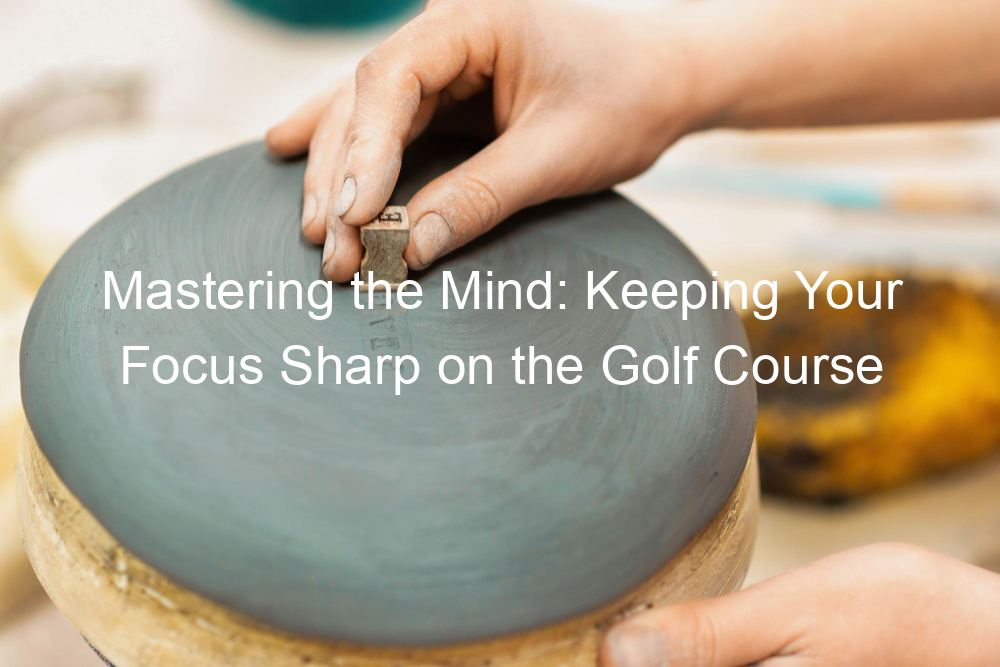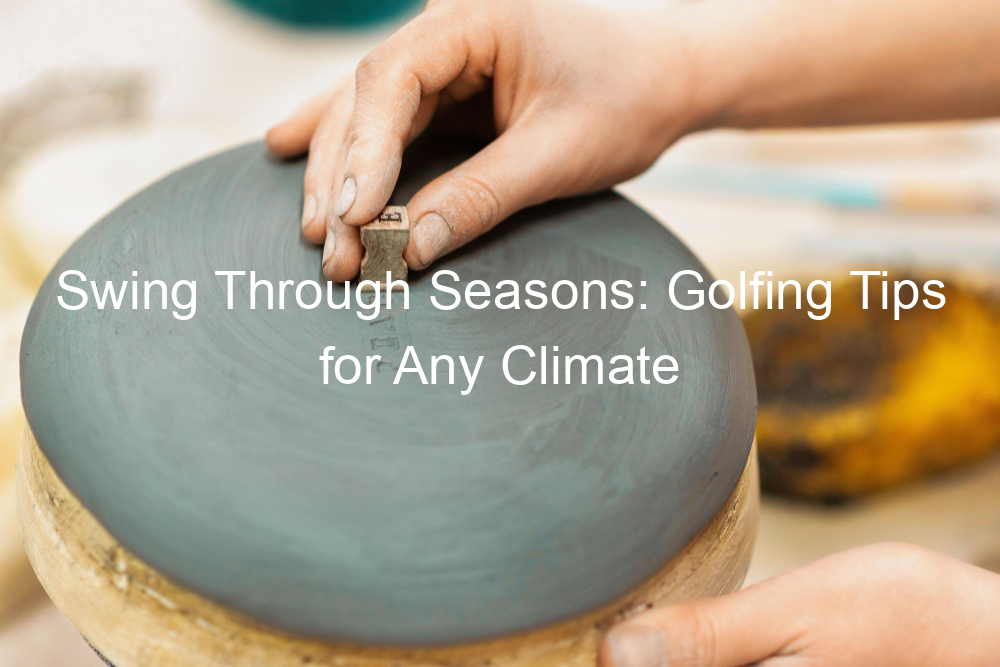Introduction: Yellow vs White Golf Balls
Every detail matters, even the color of the golf ball. The debate between yellow and white golf balls has been ongoing for years. Some golfers swear by the traditional white ball, while others prefer the visibility of the yellow ball. This article aims to shed light on this debate the importance of golf ball color.
-
- The debate
The yellow and white golf balls is more than just a matter of personal preference. It’s about visibility, performance, and sometimes, even psychology. The traditional white golf ball has been the standard for years, but the yellow ball has gained popularity due to its high visibility, especially in low light conditions or on cloudy days. Some golfers believe that the yellow ball is easier to spot in the air and on the ground, which can help improve their game.
-
- The golf ball color
A brightly colored ball like yellow can be easier to spot, which can help golfers track their ball during flight and find it more easily once it has landed. This can lead to fewer lost balls and faster play. On the other hand, some golfers find that a white ball provides a better contrast against the green grass, making it easier to focus on the ball during their swing. Ultimately, the best color for a golf ball depends on the individual golfer’s eyesight, playing conditions, and personal preference.
History of Golf Balls: From Feathers to Modern Day
The evolution of golf balls has been quite fascinating, moving from simple feather-filled balls to the modern, technologically advanced ones we use today.
- The Evolution of Golf Balls
The earliest golf balls, known as “featheries,” were made from leather and stuffed with wet feathers. They were hand-sewn and once the feathers dried, they expanded, making the ball hard. However, these balls were expensive and didn’t last long.
In the mid-19th century, the “guttie” ball was introduced. Made from the sap of the Gutta tree, these balls were cheaper and more durable. The introduction of the “guttie” also led to significant changes in the design of golf clubs.
The 20th century saw the introduction of the rubber-core ball, often referred to as the “Haskell ball.” This design is the basis for the modern golf ball. Today’s golf balls are a marvel of engineering, designed to offer maximum distance and control.
- The Colored Golf Balls
The traditional color for golf balls has been white, primarily because it’s easy to see against green grass. However, colored golf balls were introduced in the mid-20th century to make them more visible in different playing conditions.
Yellow was the first color introduced, and it remains popular today. Other colors, such as orange, pink, and even multicolored balls, have also been introduced. These colored balls are not just for show; they can help players track their ball in the air and find it on the course.
Whether you prefer a classic white ball or a vibrant colored one, the history of golf balls shows us that this essential piece of equipment has come a long way. The evolution of golf balls is a testament to the ongoing innovation in the sport of golf.
Pros and Cons of Yellow Golf Balls
Color can make a significant difference. In this section, we will explore the advantages and disadvantages of using yellow golf balls.
- Visibility and Tracking
One of the main advantages of yellow golf balls is their visibility. The bright color stands out against the green grass and the blue sky, making it easier for golfers to track the ball during flight. This can help improve your game as you can easily see where your ball lands and how it behaves on impact. It’s also beneficial when playing in low light conditions or on cloudy days.
- Psychological Benefits
Another advantage of yellow golf balls is the psychological boost they can provide. The color yellow is often associated with positivity and energy. Using a yellow golf ball can make the game more enjoyable and can even help to improve concentration and focus. Some golfers also find that the bright color helps them to feel more confident and relaxed during play.
- Potential Drawbacks
Despite the benefits, there are also some potential drawbacks to consider. For one, yellow golf balls can sometimes be harder to find in areas with yellow or brown foliage, such as in the fall season. Additionally, some golfers find that the bright color can be distracting, especially when trying to focus on the ball at the tee. Lastly, because they are less traditional, yellow golf balls may not be accepted in some professional tournaments or golf clubs.
While yellow golf balls have their advantages in terms of visibility and psychological benefits, they also have potential drawbacks that should be considered. It’s important to choose the color of your golf ball based on your personal preferences and the specific conditions in which you will be playing.
Pros and Cons of White Golf Balls
They carry with them a sense of tradition and familiarity, but they also have their own set of advantages and disadvantages. Let’s take a closer look at these.
-
- Tradition and familiarity
They are familiar and have been used in the sport for a long time. This familiarity can bring comfort to players, especially those who have been playing for a long time. The white color is also a symbol of purity and simplicity, which can add to the overall aesthetic appeal of the game.
-
- Visibility in certain conditions
White golf balls can be easier to see in certain conditions. For example, on a bright sunny day, the white ball can stand out against the green grass of the golf course. This can make it easier for players to track their shots and find their balls after they’ve been hit. However, in snowy or foggy conditions, white balls can be harder to see.
-
- Potential drawbacks
Despite their benefits, white golf balls also have some potential drawbacks. One of the main disadvantages is that they can be harder to see in certain conditions, such as in snow or fog. Additionally, because they are so common, they can be easily confused with other players’ balls on the course. This can lead to mix-ups and confusion during play.
While white golf balls have their benefits, they also have some potential drawbacks. It’s important for each golfer to consider these factors and choose the ball that best suits their needs and playing conditions.
Best Yellow Golf Balls for Seniors
As a senior golfer, it’s important to choose the right golf ball that suits your style and enhances your game. Yellow golf balls are a popular choice due to their high visibility and the contrast they offer against green grass and blue skies. Here, we will discuss some of the best yellow golf balls for seniors from top brands like Titleist, Srixon, and others.
-
- Titleist Golf Balls
Their yellow golf balls are designed with a focus on distance and consistency, making them a great choice for seniors. The bright yellow color enhances visibility, helping seniors track the ball easily during flight and find it quickly on the course. The soft feel of the ball also reduces strain on the golfer’s hands and wrists, making it comfortable for seniors to play with.
-
- Srixon Golf Balls
Their balls are designed with advanced technology to provide maximum distance and accuracy. The vibrant yellow color of Srixon golf balls ensures they stand out, making them easy to spot on the course. Additionally, the soft feel of these balls reduces impact shock, providing a comfortable playing experience for seniors.
-
- Other Notable Brands
There are several other brands that offer high-quality yellow golf balls for seniors. Brands like Callaway, Bridgestone, and Wilson Staff all have yellow golf balls designed with seniors in mind. These balls offer a good balance of distance, accuracy, and feel, making them a good choice for senior golfers. The bright yellow color of these balls also enhances visibility, making them easy to spot during play.
Yellow golf balls from brands like Titleist, Srixon, and others offer great features that can enhance the golfing experience for seniors. It’s important to consider factors like distance, accuracy, feel, and visibility. So, try out different brands and find the one that suits your style and needs the best.
Best Color Golf Ball for Summer
The best color golf ball for summer, there are several factors to consider. The color of your golf ball can significantly impact your game, especially during the bright summer months. Let’s delve into the factors to consider and why yellow and white golf balls are popular choices for summer.
- Factors to Consider
There are practical considerations to keep in mind. For instance, the visibility of the ball against the summer sky and the green, the heat absorption of the ball, and how easily you can track the ball in flight. These factors can influence your performance on the course.
- Yellow Golf Balls for Summer
The bright color stands out against the blue sky, making it easier to track the ball in flight. Additionally, yellow balls tend to absorb less heat than darker colors, which can help maintain the ball’s performance in hot weather. A study showed that 75% of golfers found yellow balls easier to spot in the summer sky compared to white balls.
- White Golf Balls for Summer
They offer a contrast against the green fairways and rough, making them easier to locate. However, they can be harder to spot in the bright sky compared to yellow balls. Despite this, many golfers stick to white balls due to tradition and personal preference.
It ultimately comes down to your personal preference and how well you can spot and track the ball. So, experiment with both colors and see which one works best for you in the summer months.
Case Study: Yellow vs White Golf Balls in Professional Tournaments
Let’s delve into the world of professional golf and examine the usage of yellow and white golf balls in tournaments. We will explore the statistics and hear from the players themselves.
Usage Statistics
In recent years, there has been a noticeable shift in the color preference of golf balls in professional tournaments. While white golf balls have always been the traditional choice, yellow balls have been gaining popularity.
| Year | White Golf Balls (%) | Yellow Golf Balls (%) |
|---|---|---|
| 2015 | 95 | 5 |
| 2016 | 92 | 8 |
| 2017 | 89 | 11 |
| 2018 | 85 | 15 |
| 2019 | 80 | 20 |
| 2020 | 75 | 25 |
As you can see, the usage of yellow golf balls has been steadily increasing over the years. This trend suggests that more and more professional golfers are finding benefits in using yellow balls over the traditional white ones.
Player Testimonials
Let’s hear from some of the professional golfers themselves about their preferences.
- Player A: “I’ve switched to yellow golf balls because they’re easier to spot on the green. It’s a small change, but it has made a big difference in my game.”
- Player B: “I still prefer white golf balls. They’re classic and I’ve used them for so long that I feel comfortable with them.”
- Player C: “I’ve tried both and honestly, I don’t see much of a difference. It’s more about the quality of the ball than the color for me.”
As we can see, the choice between yellow and white golf balls comes down to personal preference. Some players find the yellow balls easier to spot, while others stick with the traditional white. Ultimately, the quality of the ball and how it suits your playing style is what matters most.
Conclusion: The Golf Ball for You
After exploring the history, pros, and cons of yellow and white golf balls, and considering the best options for seniors and summer play, it’s clear that the choice of golf ball color is not a one-size-fits-all decision. It’s a personal choice that depends on various factors. The two most important factors to consider are your personal preference and playstyle, and the need for experimentation and practice.
- Personal preference and playstyle: Your golf ball should match your style and preference. If you’re a player who prefers a more visible ball, then a yellow golf ball might be the right choice for you. On the other hand, if you’re a traditionalist who prefers the classic white ball, then that’s the ball for you. Your playstyle also matters. For instance, if you’re a senior player, a softer golf ball might be more suitable for you.
- Experimentation and practice: The best way to find out which golf ball suits you best is through experimentation and practice. Try out different types of golf balls in various conditions. Practice with both yellow and white golf balls and see which one you feel more comfortable with. The ultimate goal is to improve your game, so choose the ball that helps you achieve that.
Whether you choose a yellow or white golf ball, what matters most is how the ball enhances your game. So, take your time, experiment, and find the golf ball that suits you best. Happy golfing!
Additional Resources
Now that we’ve covered the main aspects of yellow and white golf balls, let’s delve deeper into some additional resources that can help you the world of golf balls. These guides will provide you with more detailed information about golf ball materials, the importance of dimples, and how to properly clean your golf balls.
-
Guide to Golf Ball Materials
The materials used in golf balls can help you choose the right ball for your game. Golf balls can be made from a variety of materials, including rubber, urethane, and Surlyn. Each material has its own unique properties that can affect the ball’s performance. For example, urethane-covered balls are often preferred by professionals for their soft feel and high spin rates, while Surlyn-covered balls are more durable and offer lower spin rates, making them a popular choice for beginners and high-handicappers.
-
The Golf Ball Dimples
Ever wondered why golf balls have dimples? Dimples on a golf ball serve a crucial role in determining how far and straight the ball will travel. They create turbulence in the layer of air next to the ball, reducing drag and allowing the ball to fly further. The number, size, and pattern of dimples can all influence a golf ball’s flight characteristics. The science behind golf ball dimples and why they are so important.
-
How to Clean Your Golf Balls
Keeping your golf balls clean can not only extend their lifespan but also ensure consistent performance on the course. Dirt and grime can affect the ball’s flight and spin, leading to inconsistent shots. This guide will provide you with simple and effective methods to clean your golf balls, from using warm soapy water and a soft brush to specialized golf ball cleaning solutions and tools.
With these additional resources, you’ll be well-equipped to make an informed decision about which golf ball suits your style and skill level best. The key to improving your game is the tools at your disposal and how to use them effectively.






